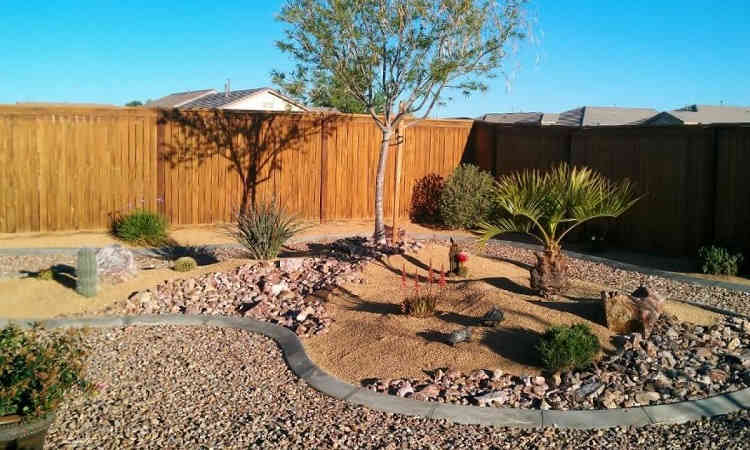One thing that anyone who loves gardening, and landscaping, in particular, knows is that the climate they live in, and the prevailing weather can have a huge impact, both positive and negative, upon your activities. Too cold, and your plants are at risk of being attacked by frost. Too wet and they can literally drown. Too hot and dry and they can wither through lack of the life-giving water and moisture they need.
If you’re a expert on landscaping in Australia, it is likely the latter of those three scenarios that you are facing most often. Whilst we Aussies like to boast to those from overseas about our sunny weather and how we love spending much of our life on the beach, having the baking sun and intense heat for most of the year-round, which some states have, is not something that most landscapers will be thankful for.
It means the work and the maintenance you need to do to ensure your flowers, shrubs and grasses remain healthy, is increased enormously. No doubt you have often wondered if there is an easier way to look after the plants which grow within your landscaping designed garden. Whilst we cannot do much about the hot sun and dry days, we do have 10 great tips that should help.
Tip #1 – Do Some Research: If you want to do landscaping in a part of the country where rainfall is minimal then research the sort of plants that are well known to thrive or at least survive well in those hot and dry conditions. You can ask Adelaide Building Supplies on advice for what materials suit dry climates.
Tip #2 – Use Small / Young Plants: If you try to plant older, larger plants, their roots are established, will be nearer the surface of the ground and thus more prone to the heat. Smaller plants roots can extend deeper as they grow.
Tip #3 – Do Not Over Feed Your Plants: Just like Oliver Twist who asked for more, plants will want more feeding especially if you feed them too often and too much. Feed them the recommended amount, and you will find your plants are more resilient when conditions are hot and dry.
Tip #4 – Break Up Soil In Planting Holes: Rather than placing your plants straight into planting holes, first break up the soil in the holes. This leads to roots trying to grow deeper down in the soil and thus give themselves more protection from heat.
Tip #5 – Use Irrigation Wisely And Evenly: Whichever means you have of irrigation within your landscaping, ensure it is effective. You also want to make sure that it is watering your entire landscape design and not just specific sections, otherwise, you will only see a proportion of your plants surviving the dryness.
Tip #6 – Use Mulching: Mulching is a highly effective low-cost way of providing moisture to the plants in your landscaping design. You can use chipped bark, mineral or gravel mulch and all of them do a great job of helping the roots of your plants stay cool
Tip #7: Hide Irrigation Hoses: Many landscapers hate the ugliness of irrigation hoses across their landscaping design, and if that includes you then a great solution is to cover them with mulch. Not only does it hide the hoses, but it also adds further moisture to those areas.
Tip #8: Plant Trees: If your landscaping area is big enough and you can source medium to large trees suited to dry conditions, then plant some. The shade they will provide in certain areas will help keep those areas cooler and protect them from the sun.
Tip #9: Reduce Grass/Lawn Areas: Landscapers often find maintaining larger lawns and areas of grass tough in hot, dry conditions. A way to resolve this is to replace some areas of grass with alternative landscaping features and plants known to thrive in the heat.
Tip #10: Reduce Your Plant Numbers: If Tip #9 is not feasible then you could try reducing the number of plants you have. A redesign of your landscaping could reduce plant numbers overall, but increase the number of plants that survive well in the heat.

